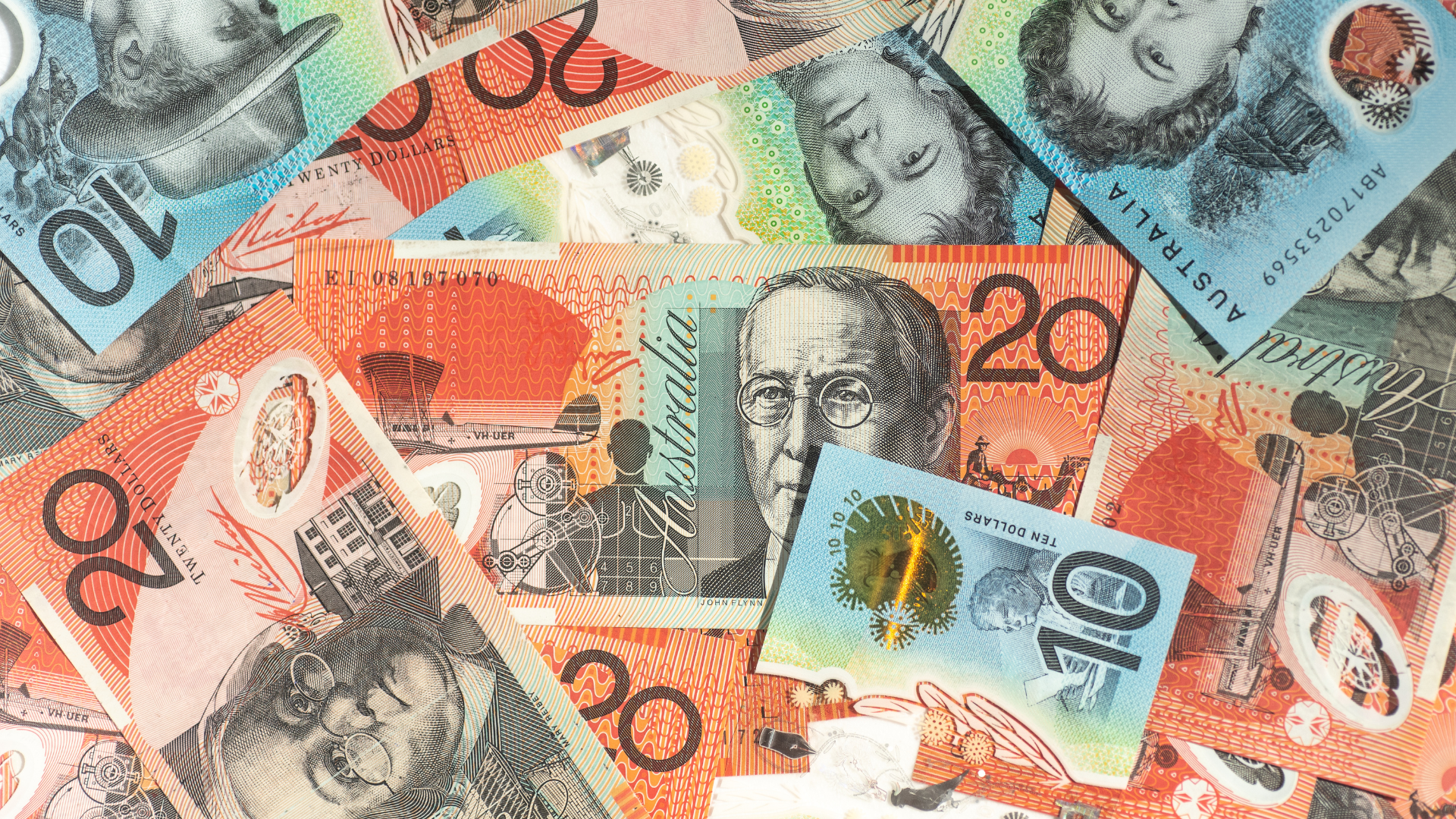The Australian dollar (AUD) climbed to its highest level since December, capitalizing on broad US dollar weakness and improving risk sentiment. Investors rotated out of the greenback amid shifting expectations for Federal Reserve policy, allowing the Aussie to extend its recent gains.
The US dollar’s decline came as softer economic data raised speculation that the Fed may not need to keep interest rates elevated for as long as previously anticipated. If rate expectations ease further, the AUD could gain additional upside momentum as traders seek higher-yielding assets.
Meanwhile, the Reserve Bank of Australia (RBA) has maintained a cautious but firm stance on inflation, reinforcing expectations that rate cuts may not come as soon as in other major economies. This divergence in monetary policy outlooks has helped support the AUD/USD pair, with investors drawn to Australia’s relatively higher yields.
China’s economic recovery has also played a role in boosting the Aussie, given Australia’s strong trade ties with the world’s second-largest economy. Any further signs of stabilization in China’s demand for commodities could add another layer of support for the Australian dollar, particularly in the mining and resource sectors.
Despite the current rally, analysts caution that AUD/USD remains sensitive to global risk sentiment. Any unexpected hawkish signals from the Federal Reserve, renewed economic concerns, or geopolitical tensions could quickly reverse recent gains.
For now, traders are closely watching upcoming US economic data and central bank signals, with the Aussie dollar’s strength likely to be tested if markets reassess the Fed’s rate path. If the current trend holds, AUD/USD could remain well-supported in the near term, challenging further resistance levels.













